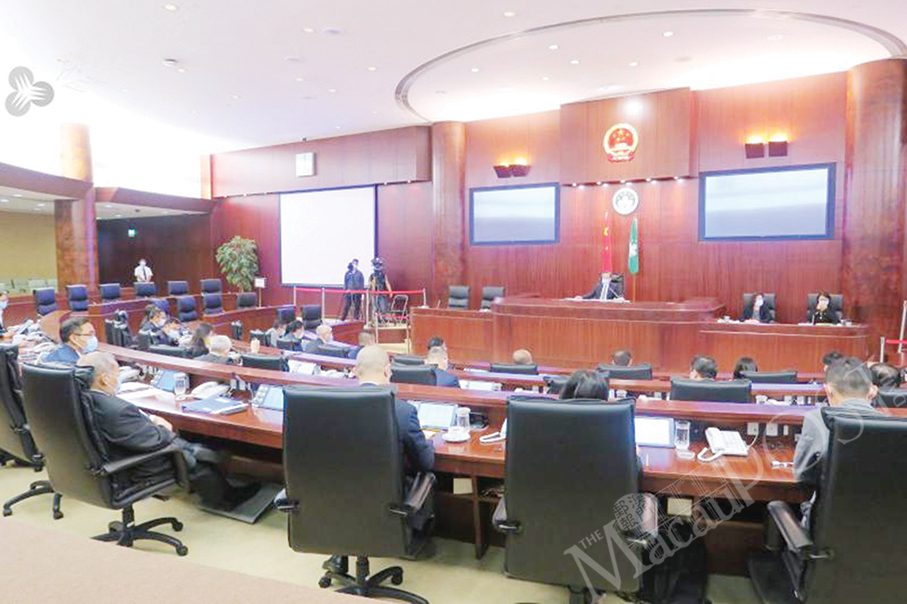Cultural Heritage Council Acting President-cum-Cultural Affairs Bureau (IC) President Leong Wai Man said yesterday that San Ma Lou, the city’s main thoroughfare, cannot be pedestrianised again for the time being due to the road works in the pipeline for the Macau peninsula.
Leong made the remarks yesterday during a press conference after a regular closed-door meeting of the government-appointed Cultural Heritage Committee at the Macau Cultural Centre in Nape, adding that the government has received many opinions from the public supporting the avenue’s recent pedestrianisation.
“Strolling through Almeida Ribeiro – Pilot Scheme for a Pedestrian Area” was the project’s official name. San Ma Lou (“New Road”) is known in Portuguese as Avenida de Almeida Ribeiro.
The pedestrianisation event was held on the first three days of Chinese New Year (CNY) on January 22-24, and once again on the 14th and 15th days of the CNY, i.e., on Lantern Festival, also known as Chinese Valentine’s Day, on February 4-5.
Leong said she believed that some of the opinions, including suggestions on how to better introduce the cultural and historical heritage of the avenue’s surrounding buildings, would be helpful for similar projects in the future.
Leong said that the government would continue to think of different ways to revitalise the city’s cultural heritage buildings and old quarters, stressing that there could be different means to revitalise Macau’s old quarters, “not necessarily” by applying the same model as San Ma Lou to other old districts.
In response to the view that the pedestrianisation was more commercially effective than culturally relevant, Leong said that “the biggest cultural carriers of San Ma Lou are the buildings along the street”, adding that the government had added explanatory signs to introduce the “significant and iconic” edifices in San Ma Lou during the pedestrianisation’s second round (February 4-5), hoping that the public were able to learn more about the area while walking there.
She also pointed out that during the pedestrianisation the Tak Seng On Pawnshop exhibition hall extended its opening hours, attracting more than 3,000 people to take its guided tour, more than 30 times the number of visitors on normal weekends, which showed that the biggest benefit of the event was to attract more people paying attention to the cultural features and history of San Ma Lou and the old quarter around it.
It was the first time that the 620-metre-long avenue, which was built in the 1920s, was temporarily pedestrianised.
According to the Cultural Affairs Bureau, 140,000 people visited the avenue during its 5-day, two-round pedestrianisation, comprising both local and tourists. While many welcomed the initiative, others complained about its adverse impact on traffic and public transport. While some businesspeople in the neighbourhood reported an increase in turnover, others reported the opposite.
Cultural Affairs Bureau (IC) President Leong Wai Man speaks during a press conference after a regular closed-door meeting of the government-appointed Cultural Heritage Council at the Macau Cultural Centre (CCM) yesterday. – Photo: Ginnie Liang









